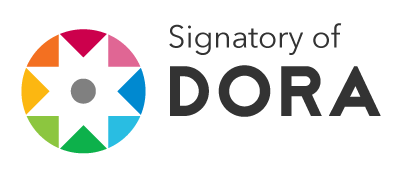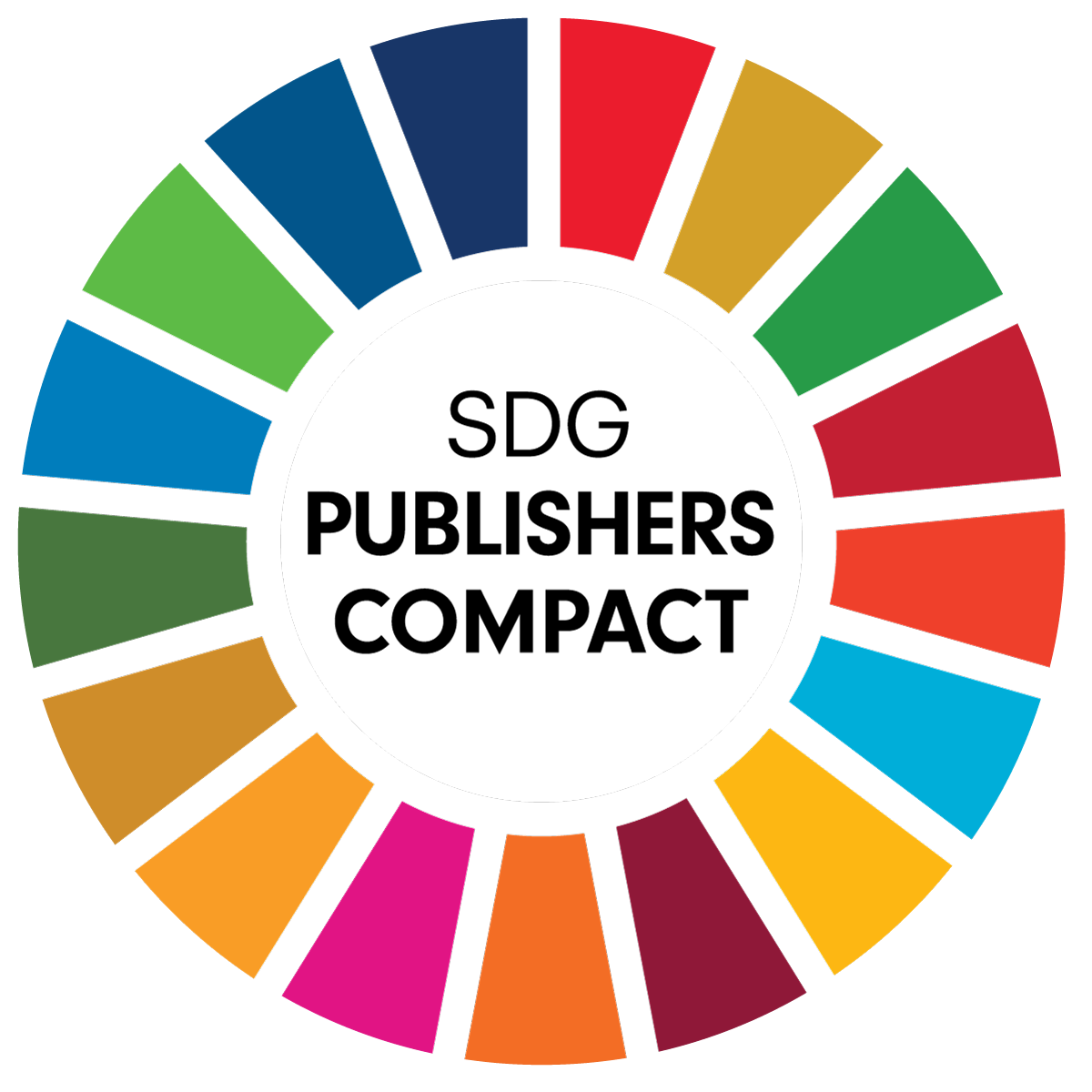Advancing Multi-Level Production Defect Detection Using Quality Tools and Maintenance Optimisation
This study aims to advance the detection of production defects at three levels - part, material, and machine - through the application of a few quality tools with a view to proposing solutions. The research focuses on identifying and addressing the most prevalent and critical anomalies observed in the workshop. Despite existing quality control measures, production often falls short of meeting customer specifications due to machine malfunctions, inadequate operator vigilance, and inefficiencies in the maintenance processes. These challenges underscore the need for a systematic approach to visualise and address production system issues. By applying targeted quality tools, this paper seeks to optimize maintenance strategies and improve overall production performance, contributing to enhanced operational efficiency and product quality.
© The Author(s) 2024. Published by RITHA Publishing. This article is distributed under the terms of the license CC-BY 4.0., which permits any further distribution in any medium, provided the original work is properly cited maintaining attribution to the author(s) and the title of the work, journal citation and URL DOI.
Fadwa, E. (2024). Advancing multi-level production defect detection using quality tools and maintenance optimisation. Journal of Research, Innovation and Technologies, Volume III, 2(6), 129-139. https://doi.org/10.57017/jorit.v3.2(6).04
[1] Allaham, H., & Dalalah, D. (2022a). Optimisation of maintenance tasks of spatially distributed assets with non-preemptive overtime. International Journal of Management Science and Engineering Management, 17(4), 279-294. https://doi.org/10.1080/17509653.2021.2005701
[2] Allaham, H., & Dalalah, D. (2022b). MILP of multitask scheduling of geographically distributed maintenance tasks. International Journal of Industrial Engineering Computations, 13(1), 119-134. https://doi.org/10.5267/j.ijiec.2021.7.001
[3] Cheng, X., Chaw, J. K., Goh, K. M., Ting, T. T., Sahrani, S., Ahmad, M. N., Abdul Kadir, R., & Ang, M. C. (2022). Systematic Literature Review on Visual Analytics of Predictive Maintenance the Manufacturing Industry. Sensors, 22, 6321. https://doi.org/10.3390/s22176321
[4] Ding, S. H., & Kamaruddin, S. Maintenance policy optimization - literature review and directions. International Journal of Advancing Manufacturing Technologies, 76, 1263–1283 (2015). https://doi.org/10.1007/s00170-014-6341-2
[5] Ettaye, G., Barkany, A. E., & Khalfi, A. E. (2016). The integration of maintenance plans and production scheduling for a degradable multi-state system: A literature review. International Journal of Productivity and Quality Management, 19(1), 74-97. https://doi.org/10.1504/IJPQM.2016.078017
[6] Hadidi, L. A., Al-Turki, U. M., & Rahim, A. (2012). Integrated models in production planning and scheduling, maintenance and quality: a review. International Journal of Industrial and Systems Engineering, 10(1), 21-50. https://doi.org/10.1504/IJISE.2012.044042
[7] Hwang, J. Q., & Samat, H. A. (2019). A Review on Joint Optimisation of Maintenance with Production Planning and Spare Part Inventory Management. IOP Conference Series: Materials Science and Engineering, Volume 530, 12048. https://doi.org/10.1088/1757-899X/530/1/012048
[8] Ierace, S., & Cavalieri, S. (2013). An Analytic Hierarchy Process Based Model for the Selection of Decision Categories in Maintenance Systems. Management and Production Engineering Review, 4(2), 37-49. https://doi.org/10.2478/mper-2013-0014
[9] Leukel, J., Gonzalez, J., & Riekert, M. (2021). Adoption of machine learning technology for failure prediction in industrial maintenance: A systematic review. Journal of Manufacturing Systems, 61, 87-96. https://doi.org/10.1016/j.jmsy.2021.08.012
[10] Klos, S., & Patalas-Maliszewska, J. (2013). The Impact of ERP on Maintenance Management. Management and Production Engineering Review, 4(3), 15-25. https://doi.org/10.2478/mper-2013-0024
[11] Lee, J., Ghaffari, M., & Elmeligy, S. (2011). Self-maintenance and engineering immune systems: Towards smarter machines and manufacturing systems. Annual Reviews in Control, 35(1), 111-122. https://doi.org/10.1016/j.arcontrol.2011.03.007
[12] Li, Q., Yang, Y., & Jiang, P. (2022). Remote Monitoring and Maintenance for Equipment and Production Lines on Industrial Internet: A Literature Review. Machines, 11(1), 12. https://doi.org/10.3390/machines11010012
[13] Manco, P., Rinaldi, M., Caterino, M., Fera, M., & Macchiaroli, R. (2022). Maintenance management for geographically distributed assets: a criticality-based approach. Reliability Engineering & System Safety, Volume 218, Part B, 108148. https://doi.org/10.1016/j.ress.2021.108148
[14] Nunes, P., Santos, J., & Rocha, E. (2023). Challenges in predictive maintenance - A review. CIRP Journal of Manufacturing Science and Technology, Volume 40, 53-67. https://doi.org/10.1016/j.cirpj.2022.11.004
[15] Pandey, D., Kulkarni, M. S., & Vrat, P. (2010). Joint consideration of production scheduling, maintenance and quality policies: a review and conceptual framework. International Journal of Advanced Operations Management, 2(1/2) 1-24. https://doi.org/10.1504/IJAOM.2010.034583
[16] Ruschel, E., Santos, E. A. P., & Loures, E. de F. R. (2017). Industrial maintenance decision making: A systematic literature review. Journal of Manufacturing Systems, Volume 45, 180-194. https://doi.org/10.1016/j.jmsy.2017.09.003




